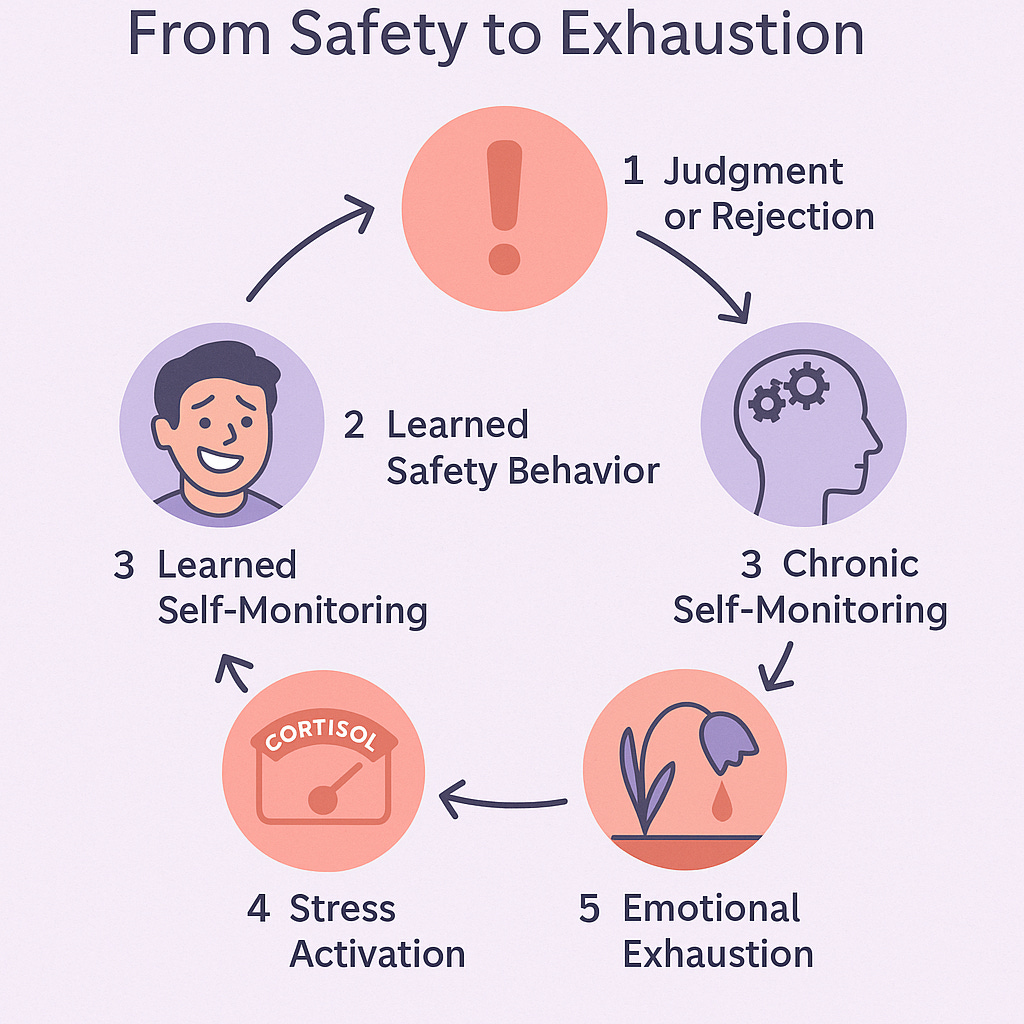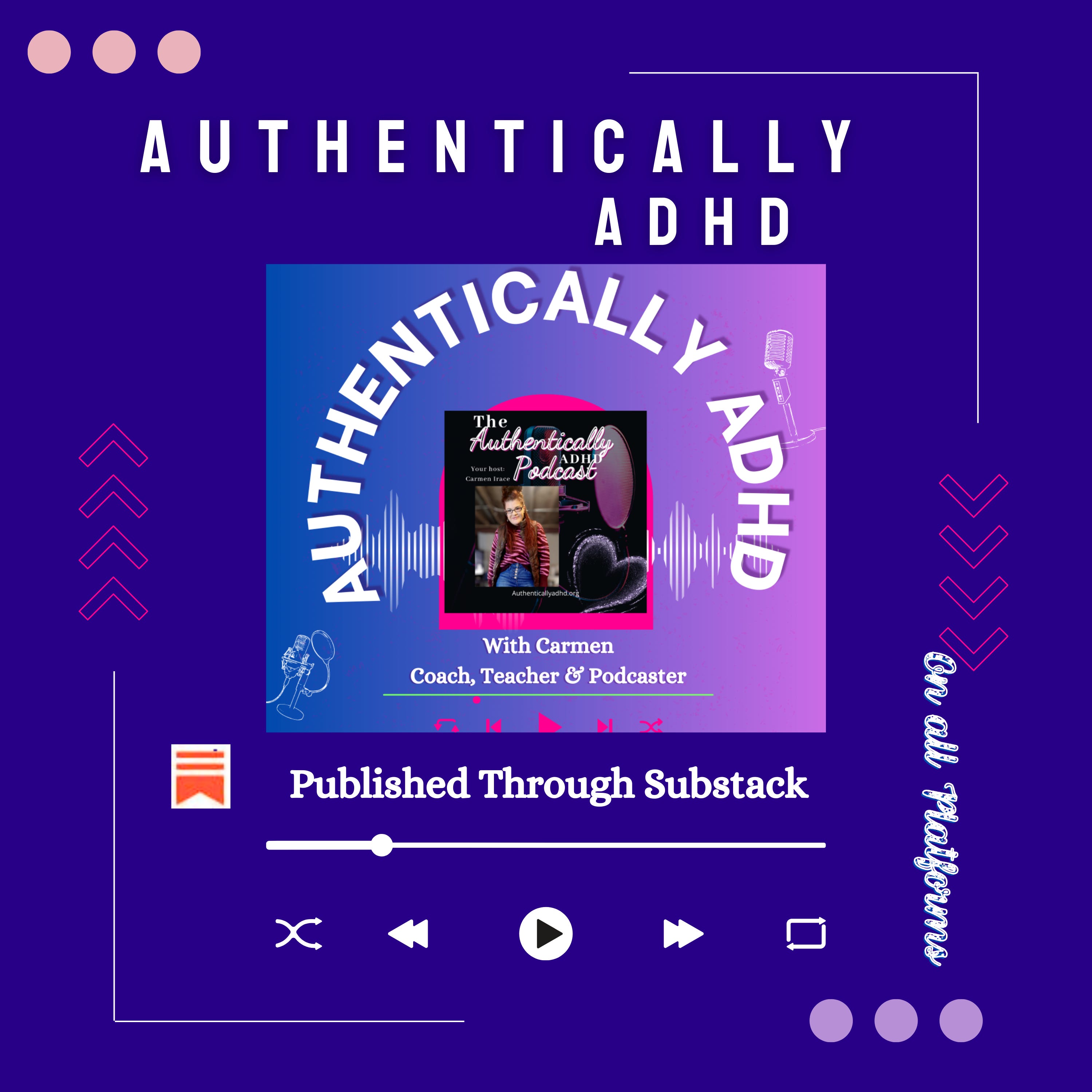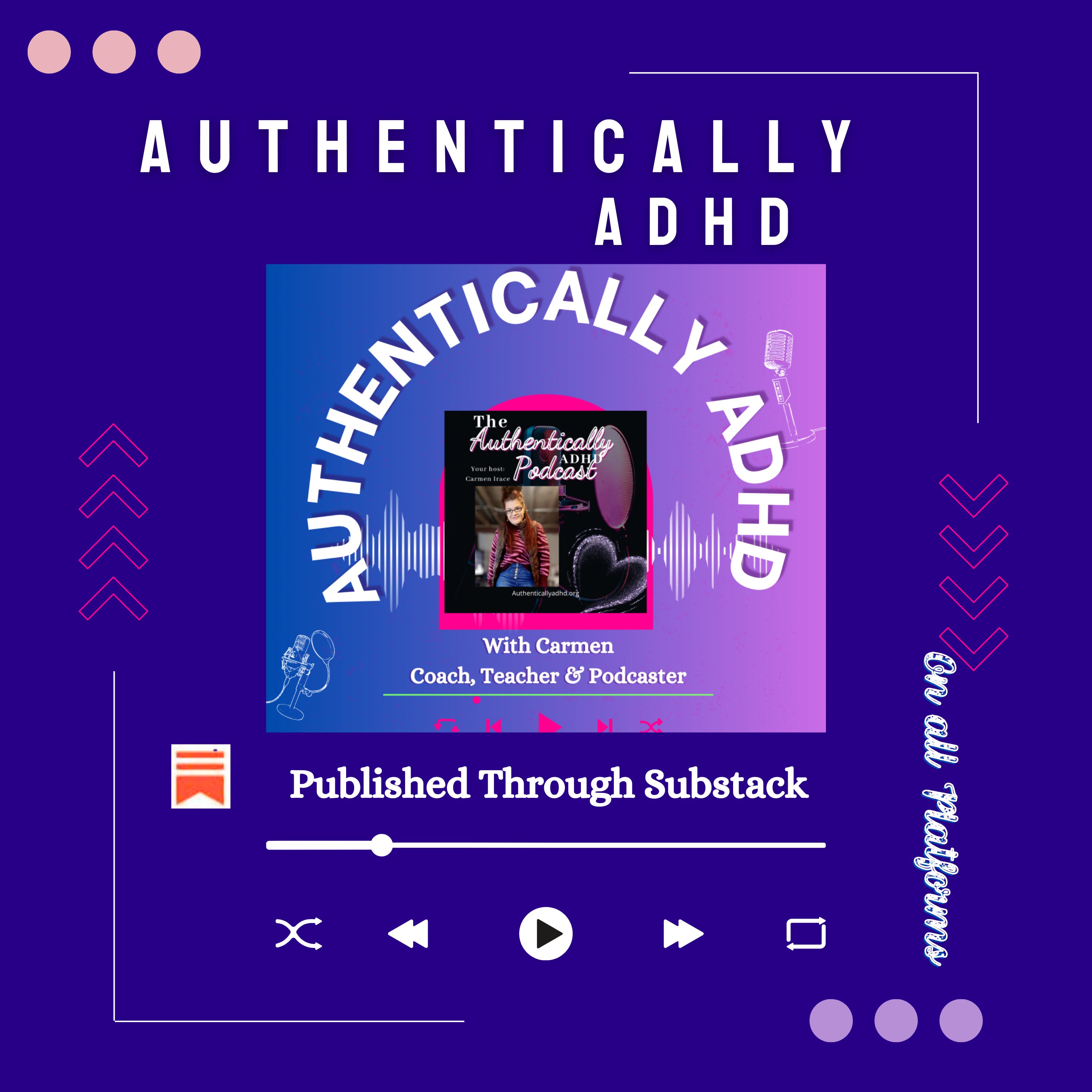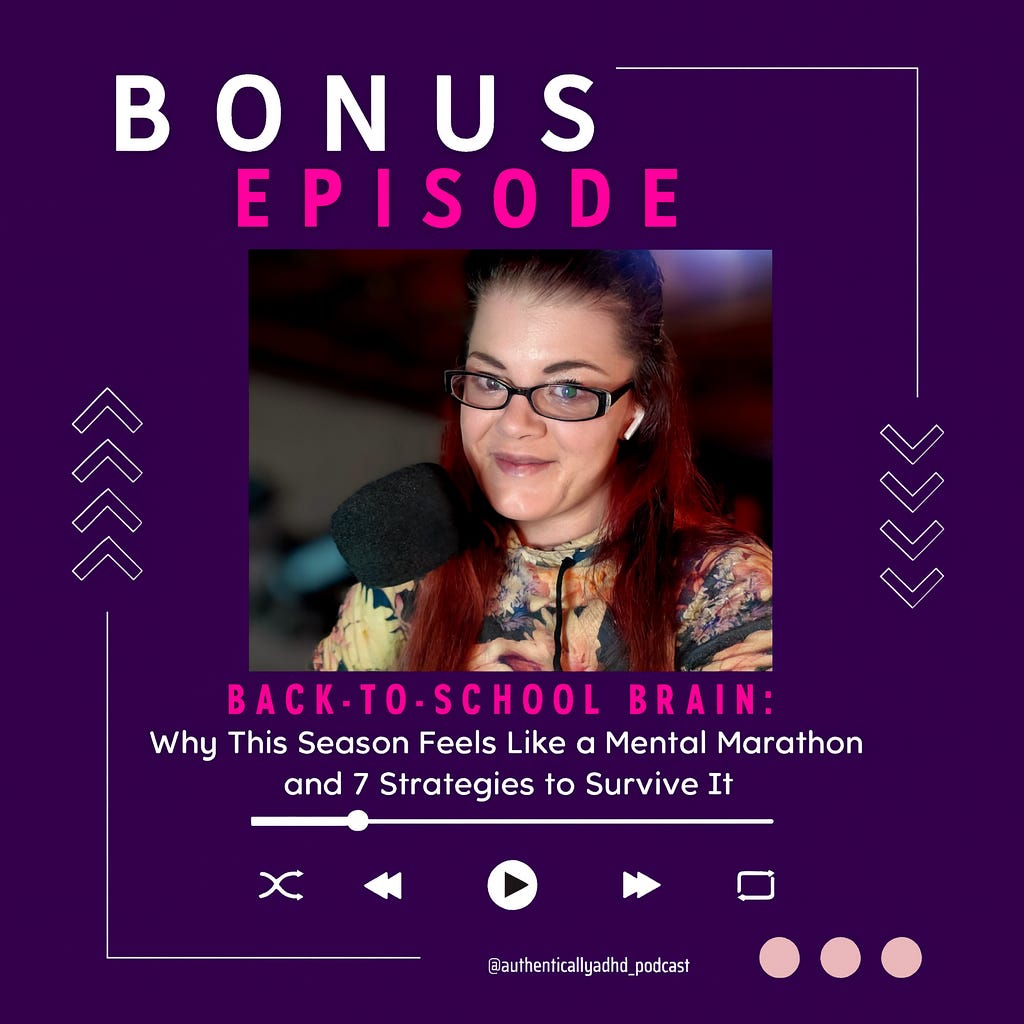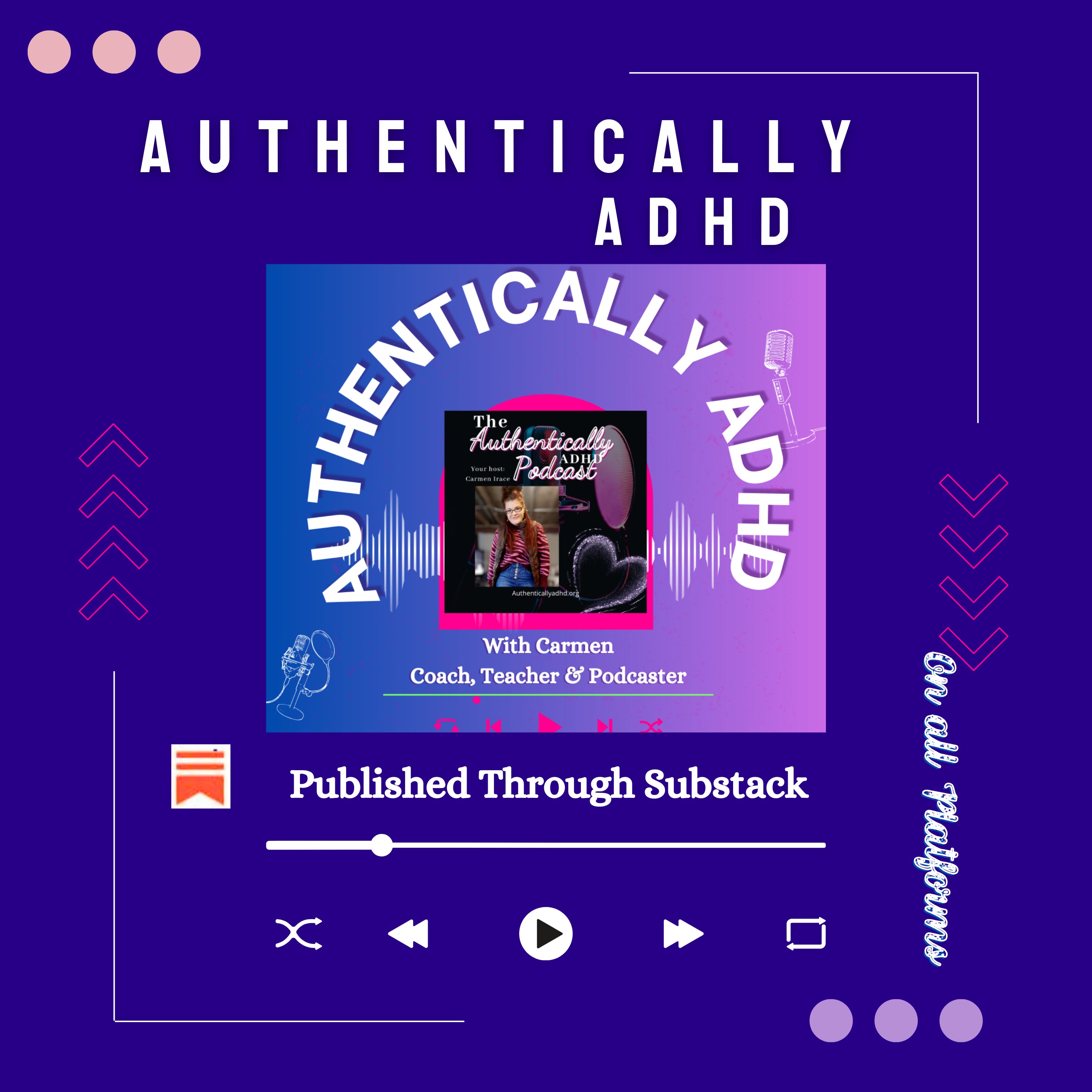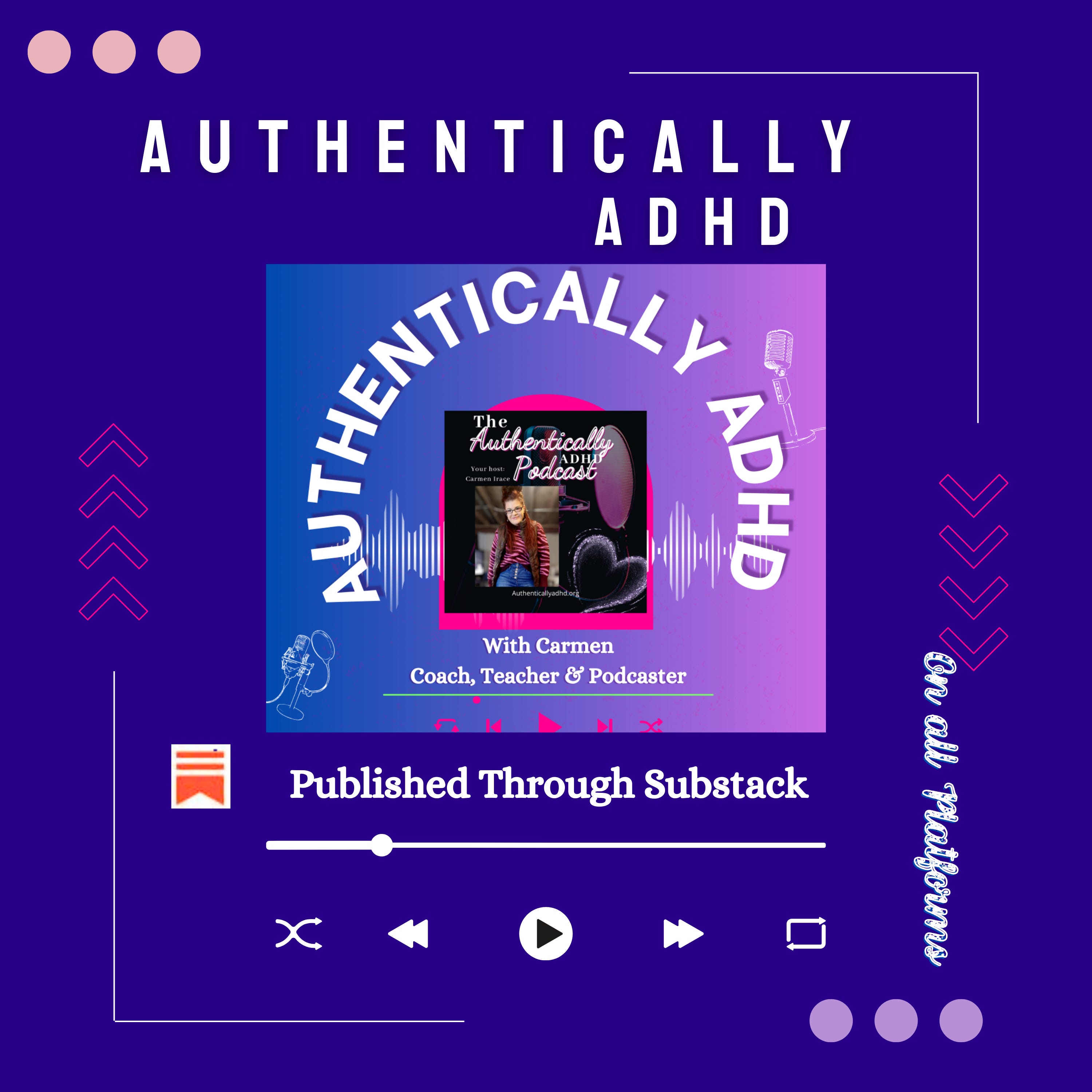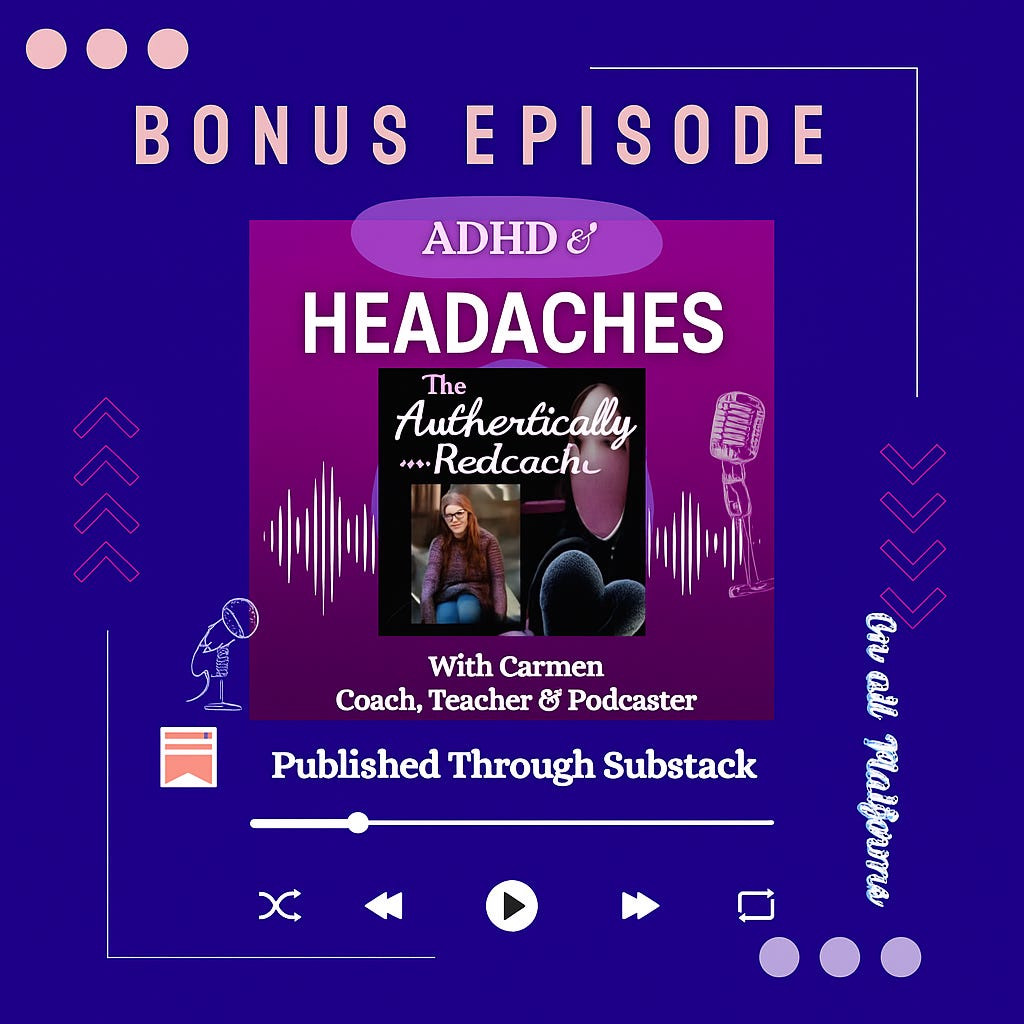ADHD & Autism in Daily Life: Neuroscience, Stories, and Strategies
Description
Transcript:
Welcome to today’s episode! We’re diving deep into ADHD and autism – what makes them unique, where they overlap, and how they shape day-to-day life. We’ll mix neuroscience, the latest research, and real-life stories to make it all click. This show is for neurodivergent adults, and also parents and educators who want to really understand what living with ADHD and autism can be like.
Imagine sitting in a meeting: the clock ticks, but your mind is racing on a thousand other things. Or being at a loud party and feeling every light and sound press in on you. Those are snippets of how ADHD or autism can feel. For anyone with these conditions (or both), life can be a wild ride of challenges and unique gifts. But you’re not alone – there are science-backed ways to cope and even thrive.
In recent years, brain science has been uncovering secrets about ADHD and autism. Researchers use brain scans and cognitive tests to see how neurodivergent brains work differently. We won’t get lost in jargon, but the gist is this: ADHD often involves lower activity in brain areas that handle focus, planning, and impulse control – think of it like having a very fast car with weak brakes. Autism often involves brain circuits that are finely tuned, noticing patterns and details that others miss, but also picking up sensory inputs very intensely. So, one brain might crave novelty while needing a tight routine, the other might detect every background sound. Knowing this biological side helps make sense of everyday experiences.
ADHD: A Brain That Zigs When Others Zag
ADHD, or Attention Deficit Hyperactivity Disorder, shows up as three main quirks:
* Trouble sustaining attention: Daydreaming or being easily distracted, missing details.
* Impulsivity: Acting or speaking without thinking it through (like blurting an answer or grabbing the last slice of pizza on a whim).
* Hyperactivity: Feeling restless or fidgety, like you have to move even when you’re sitting still.
Some people call the ADHD brain “a race car with fuzzy brakes.” Neuroscientists tell us ADHD brains often have lower levels of neurotransmitters like dopamine and norepinephrine, especially in the prefrontal cortex (the area acting like the brain’s CEO). That makes it harder to plan, stay organized, or resist impulses. For example, you might forget appointments, interrupt conversations, or feel like you have to pace when sitting.
On the flip side, ADHD brains can hyperfocus on things they love. Picture an editor sitting at a cluttered desk. The sound of typing is soothing… until a stray light catches the editor’s eye. Suddenly they are deep in a Wikipedia spiral about vintage computers and forget the report due tomorrow. They laugh later: “I meant to write one paragraph and ended up learning about floppy disks for two hours!” Hyperfocus isn’t guaranteed, though. Often tasks we have to do feel like a slog, and we procrastinate until the deadline hits. Then, under panic, our brain goes into overdrive – a burst of productivity called “crunch mode.” It’s like living with an internal pressure cooker: long periods of low simmer, then sudden high heat to get things done.
Emotionally, ADHD can feel like riding a rollercoaster. You might feel frustration or embarrassment about symptoms (like always losing your keys or blurting out something inappropriate). Anxiety and low self-esteem are common too, especially if you’ve been scolded or misunderstood a lot. But knowing the brain science behind ADHD brings relief: it’s not laziness or a character flaw, it’s biology. And that matters, because it means there are ways to help and work with your brain.
Autism Spectrum: Sensory Worlds and Special Interests
Autism (Autism Spectrum Disorder) is also a brain difference – but it shows up differently. Key traits include:
* Social communication differences: Difficulty reading facial expressions, understanding tone of voice, or navigating small talk.
* Repetitive behaviors and routines: Craving sameness, following strict routines, or repeating certain movements (like hand-flapping or lining things up).
* Sensory sensitivities: Being bothered by loud noises, bright lights, strong smells, scratchy clothing, or certain tastes.
Imagine the brain as a radio receiver. In many autistic people, the dial picks up everything at full volume. So a buzzing neon light or a faint background hum can feel overwhelming. Scientists sometimes talk about an imbalance of excitation and inhibition in the autistic brain – in plain terms, sensory signals can all flood in without enough “filter.” This means autistic people notice fine details (that spider web, that slight pattern in wallpaper) but can be easily overloaded by a busy environment.
Anecdote: Take Alex, an autistic architect. She describes going to a big family gathering: “The buzzing lights and overlapping conversations felt like waves crashing on me,” Alex says. “I had to step outside and put my headphones on to avoid a meltdown.” This is common: when too many signals hit at once, an autistic person might feel panic, shutdown, or even a meltdown (an intense emotional response). If things calm down, it’s like a storm passing – but the confusion and stress can last for hours after.
On the plus side, autism often brings intense interests and superb focus on details. That same Alex can spend hours perfecting a building design or spotting the tiniest crack in a wall that others wouldn’t see. Many autistic people excel in fields that match their special interests – like science, art, math, or technology – because they’re deeply passionate and not easily bored.
Socially, autism can look like missed cues. You might overhear, “Why don’t you just look people in the eye?” without realizing eye contact might feel painful or distracting. Or you might get puzzled advice like “don’t take that literally,” when you really did mean exactly what you said. Brain imaging shows autistic folks often use different brain networks for social processing, so it can feel like navigating a conversation in a foreign language. That’s okay! With understanding and support, autistic people often learn communication tricks that work for them.
Where They Overlap: AuDHD and Shared Traits
It turns out ADHD and autism often go together. Research suggests about half of autistic people also meet criteria for ADHD. Some folks even say they have “AuDHD” (autism+ADHD). If you have both, traits can blend in interesting ways. ADHD might add impulsivity and distractibility, while autism adds sensory needs and craving routine.
One person described it like this: “My ADHD mind signs me up for more than my autistic brain can deliver at times.” It’s a classic tug-of-war: part of you craves structure, part of you craves novelty. Many with both report feeling like a “walking contradiction” – wanting predictability but also getting bored by too much predictability.
Shared challenges can include:
* Executive function struggles: Both conditions can make organizing tasks, planning ahead, or switching activities hard. It can feel like your brain’s to-do list app keeps crashing.
* Sensory quirks: While sensory overload is famous in autism, ADHDers can also be sensitive (or sometimes under-sensitive) to sensory input. Both might need fidget toys or headphones to stay comfortable.
* Emotional intensity: Both ADHD and autism are linked to higher anxiety, mood swings, or “meltdowns.” The brain chemistry and life stressors (feeling different, facing stigma) both play a role.
* Trouble with transitions: Starting or stopping tasks can be super hard. You might think you can drop one activity and switch to another on cue, but often it feels like a gradual drift or a sudden jolt instead.
Think of having both as juggling snowballs in a windstorm. For example, imagine someone with both ADHD and autism. They love a morning routine of coffee and crosswords, but if they miss that coffee (coffee catastrophe!), their ADHD brain causes a frantic search for the mug while their autism makes every change feel like a crash. If they try a new latte shop (novelty alert!), the ADHD part is excited but the autism part panics over the unpredictable ordering system. It’s tricky.
However, there are strengths too. Many people with AuDHD report creativity and unique problem-solving. They often see details and big patterns at once. For example, they might notice a statistic (detail) and also have a wild new idea (big picture) about it. The key is managing the quirks to let those superpowers shine.
Daily Life Impact: Emotions, Thinking, Social, and Work
Living with ADHD and/or autism can color every part of life. Let’s break down some common areas:
Emotionally
Living with ADHD or autism can feel like having an emotional accelerator and brake pedal that sometimes fail. You might swing quickly from excitement to frustration. Frustration and anxiety often come from feeling misunderstood or not in control. Little surprises (a canceling a plan, a sudden noise) can trigger big reactions. If you’ve been punished for symptoms out of your control, you might have long-standing low self-esteem. Remember: getting emotional about these challenges is normal. It helps to remind yourself that meltdowns or outbursts are signals — your brain’s way of saying it needs a break or some support, not proof that you’re failing. After the episode, self-care and a bit of self-compassion (“That was tough, but I survived”) can help y


